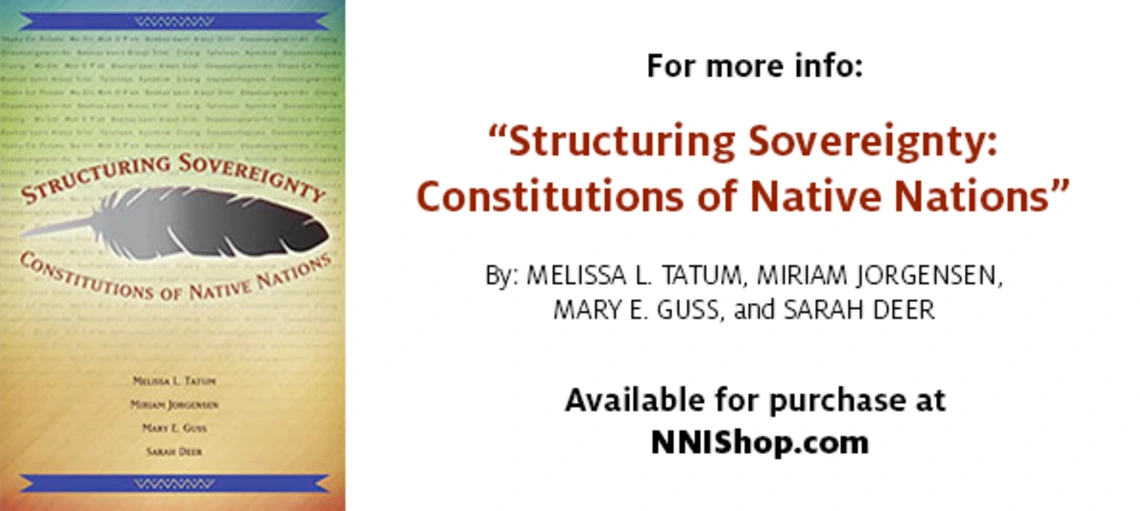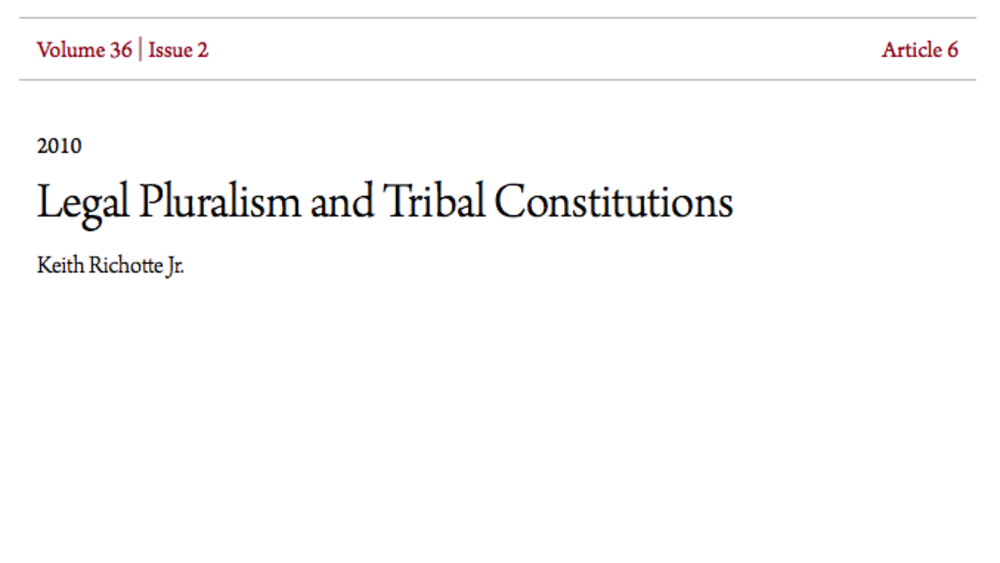Year
Location: 20 miles south of the Canadian border on the Washington coast
Population: 6590
Date of Constitution: 1970, amended 1996
Key Facts: Tribe manages nearly 13,000 acres of tidelands
Additional Information
Native Nations
Resource Type
Topics
Useful Links
Citation
Lummi Nation. 1970. "Constitution and Bylaws of the Lummi Tribe of the Lummi Reservation, Washington." Bellingham, WA.


